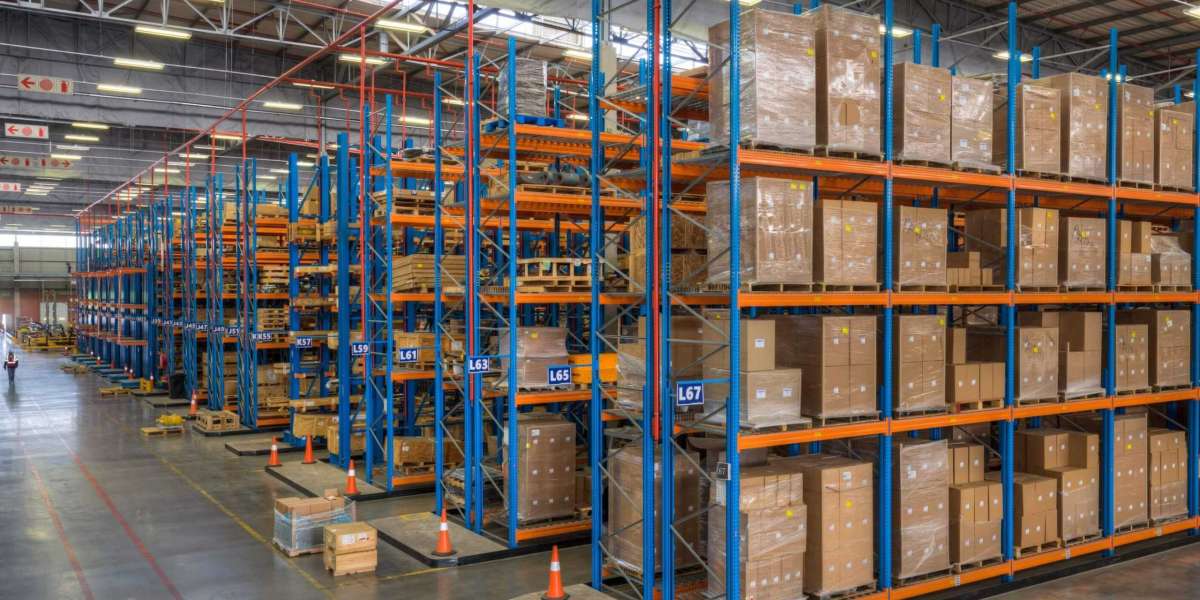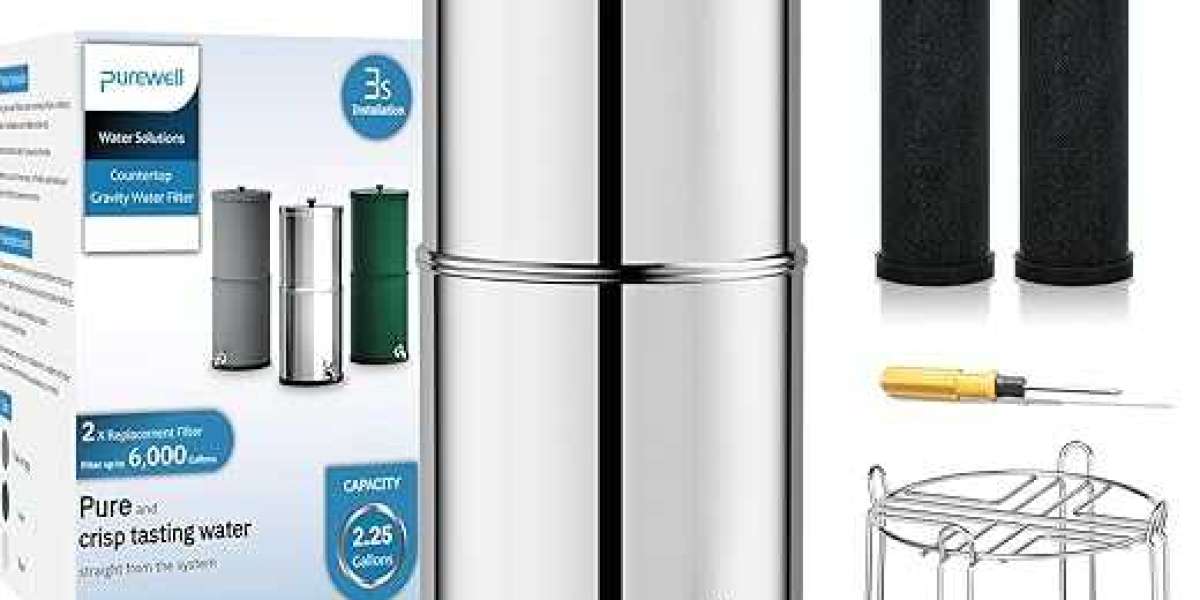Warehouses often face significant challenges in managing fluctuating storage demands throughout the year. During peak seasons, space becomes a premium commodity, while off-seasons may leave racks partially empty. To maintain efficiency and productivity, businesses need a flexible system that can easily adapt to these changing needs. In the middle of these challenges, selective pallet racking emerges as a practical and efficient storage solution that offers the versatility required to handle seasonal variations effectively.
Understanding Seasonal Storage Demands
Seasonal demand changes occur in nearly every industry—retail, food, manufacturing, and even logistics. For instance, retail warehouses experience a surge in inventory during holidays, while agricultural businesses stockpile goods after harvest seasons. These cycles demand storage systems that can quickly adjust capacity without requiring a complete redesign of the warehouse layout. Traditional static racking systems often fall short because they lack the flexibility needed to adapt to fluctuating stock levels. This is where a dynamic, reconfigurable racking system becomes invaluable.
What Makes Selective Pallet Racking Ideal for Seasonal Adjustments
Selective pallet racking stands out because it allows warehouses to store and access every pallet directly. Each pallet location can be reached without moving others, ensuring quick retrieval and minimal downtime. This feature is particularly beneficial during high-demand periods when turnover rates increase. Moreover, selective pallet racking can be easily modified by adjusting beam heights or adding new bays to accommodate different pallet sizes or product volumes.
This adaptability means warehouses can quickly scale up their capacity during busy seasons and revert to standard operations when demand normalizes. Instead of investing in new infrastructure each year, businesses can modify their existing racking setup to match the flow of goods, saving both time and money.
Flexibility in Configuration and Space Utilization
One of the main advantages of selective pallet racking is its modular design. Components such as uprights, beams, and frames can be configured in various ways to suit different inventory needs. This flexibility allows warehouse managers to maximize vertical and horizontal space efficiently.
During off-peak seasons, empty rack sections can be consolidated to open up floor space for other operational needs such as packaging, order processing, or maintenance. Conversely, during high-demand periods, the system can be expanded to hold more pallets, ensuring that no space goes unused. This fluid adaptability helps businesses maintain consistent operational efficiency throughout the year.
Improved Inventory Management During Seasonal Peaks
With selective pallet racking, inventory management becomes much easier, even when volumes fluctuate dramatically. Because each pallet is accessible from the aisle, warehouse staff can maintain precise control over product rotation, minimizing the risk of expired or outdated stock. This is particularly important in industries dealing with perishable goods or time-sensitive products.
The visibility provided by selective pallet racking also supports better forecasting and replenishment planning. Managers can quickly assess stock levels and make informed decisions about restocking or shifting products based on real-time data. This efficiency reduces waste, increases accuracy, and ensures that seasonal demands are met without disruptions.
Enhancing Productivity During Peak Seasons
Seasonal surges often put pressure on warehouse operations, requiring faster pick rates and smoother logistics. Selective pallet racking supports this demand by optimizing accessibility and minimizing travel time for forklift operators. The system’s straightforward design makes it easier for workers to locate and retrieve products, enhancing throughput even when order volumes are at their highest.
Additionally, selective racking systems can be integrated with warehouse management systems (WMS) to streamline workflows. By combining physical flexibility with digital tracking, businesses can manage seasonal spikes more efficiently while maintaining accuracy and safety.
Safety and Structural Integrity Across Seasons
As warehouse activity fluctuates with seasonal cycles, safety remains a top priority. Selective pallet racking systems are engineered to handle varying loads safely, provided they are installed and maintained correctly. Reinforced uprights, safety pins, and load beams ensure structural integrity even when the system is reconfigured or expanded.
To maintain safety standards, warehouses should conduct regular inspections, especially before and after peak seasons. Checking for damage, overloading, or misalignment can prevent accidents and prolong the life of the system. Training staff to handle equipment properly and adhere to load limits also ensures that the warehouse operates safely year-round.
Cost-Effective Adaptation Without Major Overhaul
For many businesses, the ability to adapt storage capacity without massive investments is crucial. Selective pallet racking allows this by providing a scalable and reusable solution. Instead of purchasing new racks or expanding warehouse space every season, companies can adjust their existing system to suit current inventory levels.
This not only reduces capital expenditure but also minimizes downtime associated with construction or reinstallation. The result is a more agile operation that can handle seasonal fluctuations seamlessly while maintaining profitability.
Long-Term Efficiency and Sustainability
Beyond immediate benefits, selective pallet racking also supports long-term sustainability goals. By maximizing storage density and minimizing unused space, businesses reduce energy consumption related to lighting, heating, and cooling. Furthermore, since the racks can be reused and reconfigured multiple times, they contribute to lower material waste and a smaller environmental footprint.
Sustainability and efficiency go hand-in-hand, especially for companies managing seasonal operations. A well-optimized storage system ensures smoother transitions between peak and low-demand periods without unnecessary resource consumption.
Conclusion
Seasonal storage demands can create logistical challenges, but with the right system in place, they become manageable opportunities for growth. The flexibility, accessibility, and scalability of the selective pallet rack make it a perfect solution for businesses facing fluctuating inventory cycles. By investing in adaptable racking systems, companies can ensure operational efficiency, safety, and cost control throughout the year. For high-quality, durable, and customizable storage systems, it’s worth exploring the options available at everunionstorage to find the best fit for your warehouse needs.








